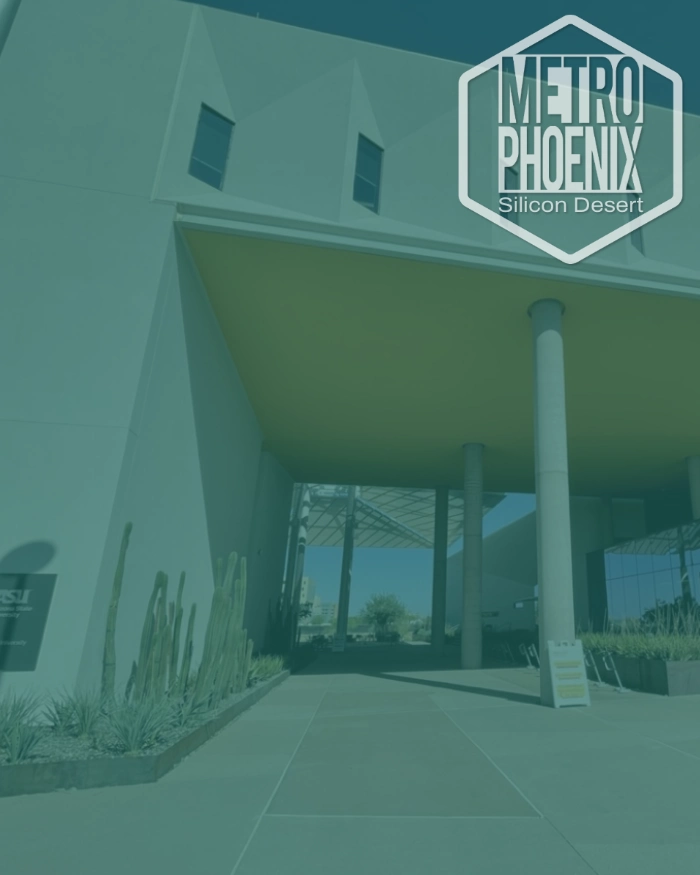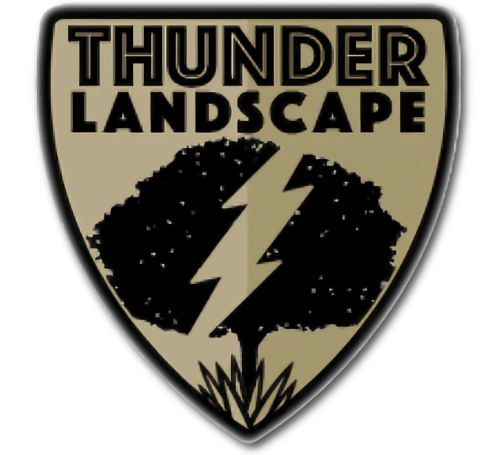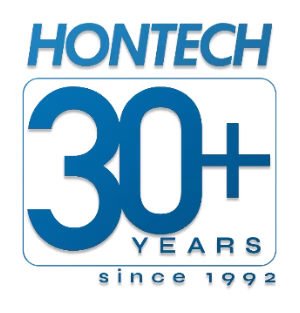Metro Phoenix / Communities / Phoenix
City of Phoenix Overview
The City of Phoenix is home to over 1.6 million residents. As a dynamic hub, it leads one of the fastest-growing regional economies and job sectors in the nation. As Arizona’s capital, it is the center for commercial, financial, cultural, and governmental activities in the state.
The strategic development plan for Phoenix includes a diverse economy that provides economic opportunities for residents, supporting the retention and expansion of key wealth-generating principals, the attraction of foreign direct investment from around the world, backing emerging technology and advanced manufacturing employers, and facilitate the retention and expansion of small- and medium-sized wealth-generating businesses, particularly in innovation, technology, business services, and bio-sciences.
The Phoenix Mountains Preserve currently spans over 38,000 acres and includes North Mountain, Camelback Mountain, Piestewa Peak, Phoenix Sonoran Preserve, and South Mountain Park. According to the City of Phoenix, there are plans to acquire additional acreage in the future as the number of visitors and Phoenicians increase. Camelback Mountain is regularly ranked as one of the nation’s top hiking destinations.
History
Centuries before the cities of the eastern United States began to emerge from untamed wilderness, a thriving and sophisticated society flourished on the land we now call Phoenix. The Pueblo Grande ruins, inhabited between 700 and 1400 A.D., serve as a lasting testament to the city’s ancient heritage.
The early inhabitants, resourceful and innovative, transformed the arid landscape by constructing an intricate network of irrigation canals, spanning approximately 135 miles. This system turned the valley into fertile farmland. Despite their ingenuity, the fate of this ancient civilization remains uncertain. It is widely believed that a prolonged drought led to their disappearance. Native peoples who later encountered the ruins and canal systems referred to these vanished builders as the “Ho Ho Kam” — meaning “the people who have gone.”
Phoenix’s modern history begins in the second half of the 19th century. Incorporation took place in 1881, with a population of around 2,500. In 1887, Phoenix introduced its first horse-drawn streetcar line, with tracks along Washington and Center Streets, eventually expanding across the city and into Glendale. The arrival of the Southern Pacific train on July 4, 1887, transformed the local economy, replacing wagons with rail for the transportation of goods. This development spurred growth and led to the establishment of the Phoenix Chamber of Commerce in 1888. That year also saw the opening of a new City Hall, which temporarily housed the territorial government when the state capital was moved from Prescott to Phoenix in 1889.
In 1902, President Theodore Roosevelt’s signing of the National Reclamation Act paved the way for building dams on western streams, crucial for agriculture and development in Phoenix and the Valley of the Sun. In response, local residents formed the Salt River Valley Water Users’ Association in 1903 to manage the water supply, a role it continues to play today. Construction of the Theodore Roosevelt Dam began in 1906, and it became the first multi-purpose dam for both water and power under the Act. The dam, dedicated by Roosevelt in 1911, revolutionized farming in the Valley. Arizona achieved statehood a short time later on February 14, 1912.
In 1940, Phoenix shifted from a farming and distribution center to an emerging industrial city due to the influx of military personnel during World War II. Bases like Luke, Williams, and Falcon Fields brought thousands of men, leading to the growth of small industries in Phoenix. After the war, many servicemen returned with their families, creating a labor force that attracted large industries and private capital to the area. This marked the decline of agriculture as Phoenix’s primary economic driver, ushering in a new era of industrial growth and prosperity. By 1950, Phoenix’s population had grown to over 100,000, with an expanding infrastructure of paved streets.
Since 1950, Phoenix’s growth has been remarkable, expanding from 17 square miles with a population of 106,000 to over 500 square miles and around 1.6 million residents, making it the fifth-largest city in the U.S. Though Phoenix has emerged as a prominent corporate and industrial center in the Southwest, it has maintained its strong sense of community and commitment to civic engagement. The city skillfully balances its historical heritage with the demands of rapid growth and modernization, preserving its welcoming atmosphere while evolving into the center of a dynamic metropolitan region.
City Government
Phoenix operates under a council-manager system of government, which features three key roles: the mayor, council members, and the city manager. The City Council consists of the mayor and eight council members, with each council member representing a specific district of the city and elected by the residents of that district. The mayor, elected by the entire city population, presides over council meetings and serves as the city’s primary representative and leader.
Business
The economic development strategy of the City of Phoenix focuses on retaining and growing small- and medium-sized businesses, especially those in technology, innovation, finance, and bio-sciences. Here are some key business and economic factors for the City of Phoenix:
Economic Diversification: Phoenix has a well-rounded economy, moving beyond its historical reliance on real estate and construction to include sectors like technology, finance, and healthcare. The city’s steady and diverse economic expansion has attracted both established businesses and new entrepreneurs, making it the center of one of the fastest-growing metropolitan areas in the nation.
Technology and Innovation: The city has become an attractive destination for technology companies, including those in software development, data centers, and cybersecurity. This is due in part to its combination of a skilled workforce, relatively low operational costs, supportive business environment, and a growing innovation ecosystem. Phoenix has developed a robust, tech-focused infrastructure, incorporating fiber-optic networks to support the high-speed data transmission and sophisticated communication requirements of technology-driven businesses.
Renewable Energy and Sustainability: The abundance of sunshine makes Phoenix a strong base for solar energy companies and renewable energy initiatives, attracting businesses committed to sustainability. Phoenix also promotes sustainable practices, incentivizing green building and water conservation, which appeals to environmentally conscious businesses and residents.
Healthcare and Bioscience: Major healthcare providers like Banner Health, Dignity Health, and Mayo Clinic support a thriving healthcare industry, catering to a growing population with increasing healthcare needs. With investments in life sciences and biomedical research facilities, Phoenix is attracting companies in pharmaceuticals, biotech, and medical devices, positioning itself as a growing community for healthcare innovation.
Data Centers and Infrastructure: Phoenix’s dry climate, relatively low risk of natural disasters, and affordable energy costs make it an ideal location for data centers. Companies like Apple and Microsoft have chosen Phoenix for their data storage and cloud facilities. The city has invested in tech-friendly infrastructure, including fiber-optic networks, making it conducive to advanced data and communication needs of tech companies. This advanced infrastructure creates an ideal environment for companies with demanding data needs.
Tourism and Hospitality: With its climate, golf courses, luxury resorts, and scenic desert landscapes, Phoenix attracts millions of visitors each year, supporting a robust hospitality and tourism industry. Downtown Phoenix hosts major sports venues, including the Footprint Center (home to the Phoenix Suns) and Chase Field (home to the Arizona Diamondbacks). These teams and venues bring fans and create demand for pre- and post-game dining and entertainment.
Real Estate and Construction: With a booming construction sector driven by population growth, Phoenix has a high demand for both residential and commercial real estate. This continues to fuel the construction industry. As of recent estimates, around 25% of Phoenix’s total land area (over 500 square miles) remains undeveloped or vacant, which includes open spaces and land zoned for future development.
Transportation
The City of Phoenix street grid is highly organized and easy to navigate. Major streets run on a straightforward north-south and east-west grid, making it simple to get around. Blocks are generally uniform in size, and major streets are spaced one mile apart, creating a predictable and regular layout. As Phoenix has grown, its grid system has expanded with it. The large blocks and mile-wide separation between major streets have allowed for seamless suburban development (to the east, west, north, and south) without disrupting the core grid design. The city is connected by an extensive network of highways and interstates, making it highly accessible within Metro Phoenix and to other regions. Here are the main transportation routes in and through Phoenix:
Interstate 10 (I-10): Major east-west route connecting Phoenix to Los Angeles on the west and Tucson to the southeast.
Interstate 17 (I-17): Prominent north-south highway that links Phoenix with Flagstaff, providing a key route for travel to Northern Arizona, intersecting with I-40 in Flagstaff, a transcontinental route.
Central Avenue: Significant and iconic street, serving as the main north-south artery through the heart of the city. Central Avenue divides the city (and Metro Phoenix, for the most part) into East and West. The avenues are on the west and the streets are on the east.
Grand Avenue (U.S. Route 60/State Route 93): Runs diagonally from downtown Phoenix northwest toward Glendale, providing an alternative route to northwest Metro Phoenix and acting as a commercial corridor with industrial zones.
Public Transit and Rail: Valley Metro Rail is a light rail connecting Phoenix with Tempe and Mesa, serving as a convenient option for connecting Downtown Phoenix to ASU, Sky Harbor Airport, and East Valley cities. PHX Sky Train is an elevated train that connects key points within Phoenix Sky Harbor International Airport and provides easy access to surrounding light rail, rideshare, rental car center, and parking structures.
Phoenix Sky Harbor International Airport (PHX): Busiest airport in Arizona, serving over 40 million passengers annually, ranking it among the top 10 busiest airports in the U.S. The airport offers a wide range of amenities, multiple terminals, and PHX Sky Train.
2023 Population (estimate)
City of Phoenix: 1,694,380
Arizona: 7,427,991
Median Household Income (2022)
City of Phoenix: $75,969
Arizona: $74,568
Estimated Home Value (2024)
City of Phoenix: $440,220
Arizona: $433,271
Median Age (2022)
City of Phoenix: 35.1
Arizona: 38.6
Land area: 474.9 square miles
Population density:
3,463 people per square mile

Discovery Oasis
120-acre urban destination for commercial, research and lab development. The district will accompany the adjacent Mayo Clinic campus and ASU’s Health Futures Center and include a mix of research and development, biomanufacturing, education, and medical buildings coupled with a public realm that will enhance the quality of space.














